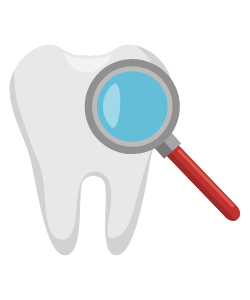If your back teeth have seen better days, then they could probably benefit from some restorative or cosmetic dentistry work. Dental crowns fall under both categories depending on a patient's particular needs. However, because there are several types of dental crown, you might struggle to choose the one that is most appropriate for your teeth.
Fortunately, this article will help you to decide which type might be best for your particular dental needs.
If Looks Are Important, Choose Porcelain
Although your molars are less visible than, say, your incisors or canines, you might still value their appearance. This might be because you often laugh or smile with your mouth wide open, or you sing for a living. Whatever your reason, porcelain crowns are the most aesthetically appealing option available to you. Porcelain crowns look exactly like your natural teeth. This means they will be indistinguishable from your natural teeth.
However, the downside to porcelain crowns is that they could cause some wear and tear on the opposing tooth if that tooth is enamel, since porcelain is harder than enamel. In addition, since you use your molars to do the majority of your chewing, your porcelain crowns might eventually crack or chip.
If Strength and Durability Are Important, Choose Metal
What do metals like gold have in common with your natural teeth? They are softer than porcelain, and this means that like your natural teeth, they provide some flexibility when you chew your foods. The risk of you damaging your opposing teeth decreases when your crowns are metal. However, the downside of metal crowns is that they aren't very pleasing to the eye.
However, there is one other option that combines the benefits of both types of dental crown.
Combine Metal and Porcelain for a Combination of Benefits
If looks, flexibility and durability are all equally important to you, then you could opt to have porcelain-fused-to-metal (PFM) crowns placed on your molars. This type of crown consists of a metal inner structure that is covered by a porcelain shell. You can choose either a precious metal like gold, a combination of gold and precious metal or a mostly non-precious metal for your crown base.
PFM crowns look like your natural teeth and provide more flexibility than all-porcelain crowns, which means they cause less damage to any opposing natural teeth. However, one downside is that the metal base might sometimes be visible, especially if you suffer from gum recession in the future.
Are you thinking of investing in some dental crowns for your molars in the near future? Then this information should help you to decide what will work best for you. Talk to your dentist for more help.
Share
